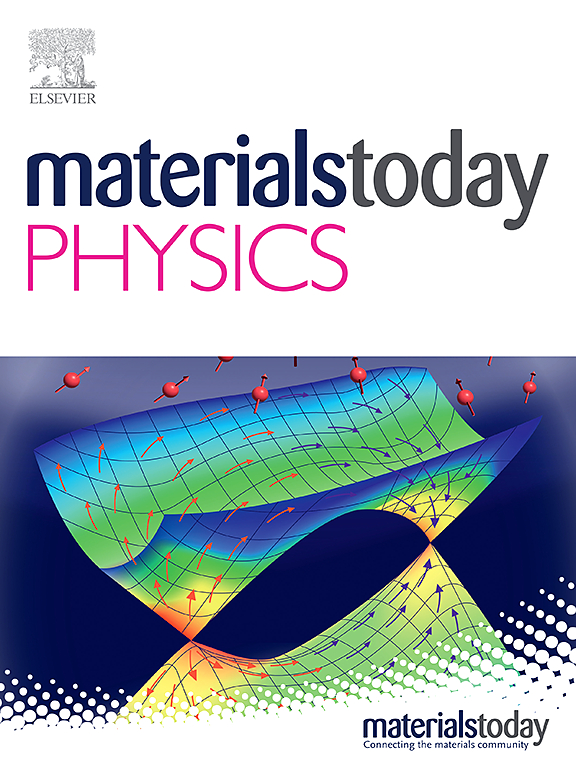A review on footsteps of a revolution in electronics: Spin memristors
IF 9.7
2区 材料科学
Q1 MATERIALS SCIENCE, MULTIDISCIPLINARY
引用次数: 0
Abstract
Spin memristors are devices that use electron spin to make memory technology scalable, high-performance, and energy-efficient. These devices offer significant advantages over traditional memristors, including faster switching, lower energy consumption, and enhanced durability. This review study summarizes current research and offers specific conclusions regarding the basic ideas, material compositions, and device designs of spin memristors. Additionally, significant advancements are discussed, including a tenfold increase, improved switching efficiency, millisecond-scale operation, and extended lifespan. The review study outlines the evolution of memristor technology and its role in neuromorphic computing, focusing on fundamental mechanisms such as magnetoresistance, spin transfer torque, and voltage-controlled magnetic anisotropy. The latest advancements in spin-orbit torque (SOT) devices, hybrid constructions using two-dimensional (2D) materials, and magnetic tunnel junctions (MTJs) are also discussed. Moreover, potential applications in neuromorphic computing, quantum information processing, and advanced computing paradigms are also explored in the study. To help researchers fill important gaps in material optimization, scalability, and integration with conventional electronics, this work offers practical insights. By bridging the gap between traditional memristors and spintronics, this review will serve the purpose of contributing to the advancement and commercialization of spin memristors in next-generation computing systems.
回顾电子学革命的脚步:自旋忆阻器
自旋记忆电阻器是一种利用电子自旋使存储器技术可扩展、高性能和节能的器件。与传统的忆阻器相比,这些器件具有显著的优势,包括更快的开关、更低的能耗和更高的耐用性。本文综述了自旋记忆电阻器的基本思想、材料组成和器件设计等方面的研究现状,并给出了具体的结论。此外,还讨论了显著的进步,包括十倍的增长、改进的开关效率、毫秒级的操作和延长的使用寿命。本文概述了忆阻器技术的发展及其在神经形态计算中的作用,重点介绍了磁阻、自旋传递转矩和电压控制磁各向异性等基本机制。讨论了自旋轨道转矩(SOT)器件、二维材料混合结构和磁隧道结(MTJs)的最新进展。此外,研究还探讨了在神经形态计算、量子信息处理和先进计算范式方面的潜在应用。为了帮助研究人员填补材料优化、可扩展性和与传统电子产品集成方面的重要空白,这项工作提供了实际的见解。通过弥补传统记忆电阻器与自旋电子学之间的差距,本综述将有助于自旋记忆电阻器在下一代计算系统中的进步和商业化。
本文章由计算机程序翻译,如有差异,请以英文原文为准。
求助全文
约1分钟内获得全文
求助全文
来源期刊

Materials Today Physics
Materials Science-General Materials Science
CiteScore
14.00
自引率
7.80%
发文量
284
审稿时长
15 days
期刊介绍:
Materials Today Physics is a multi-disciplinary journal focused on the physics of materials, encompassing both the physical properties and materials synthesis. Operating at the interface of physics and materials science, this journal covers one of the largest and most dynamic fields within physical science. The forefront research in materials physics is driving advancements in new materials, uncovering new physics, and fostering novel applications at an unprecedented pace.
 求助内容:
求助内容: 应助结果提醒方式:
应助结果提醒方式:


